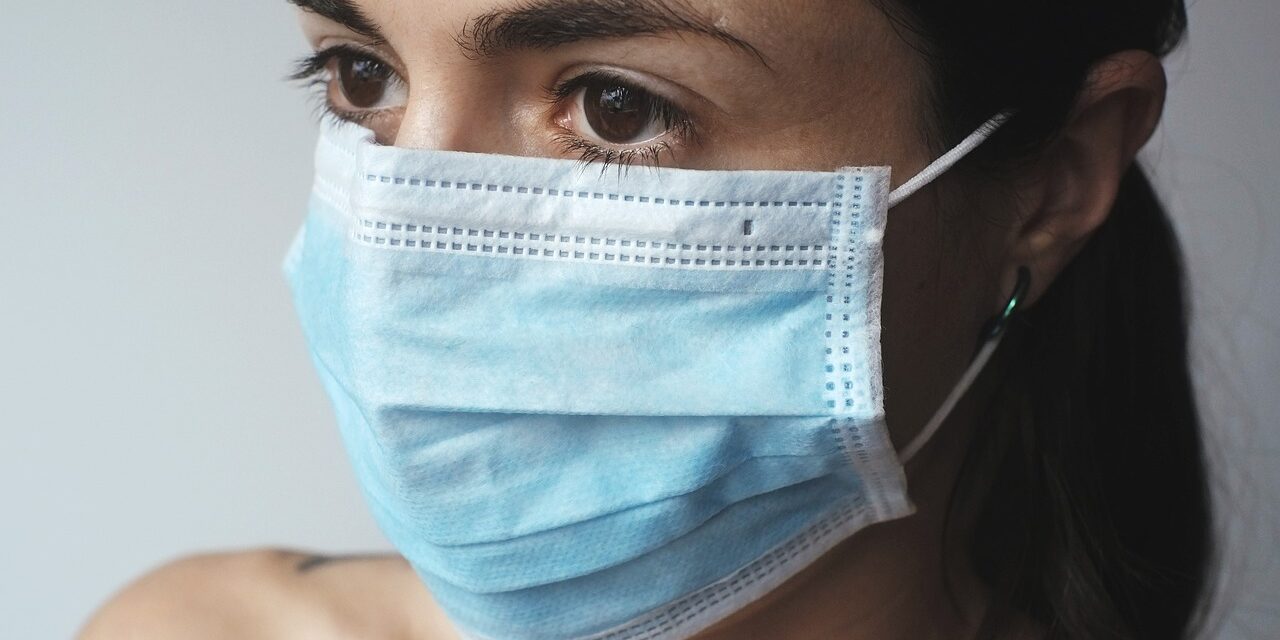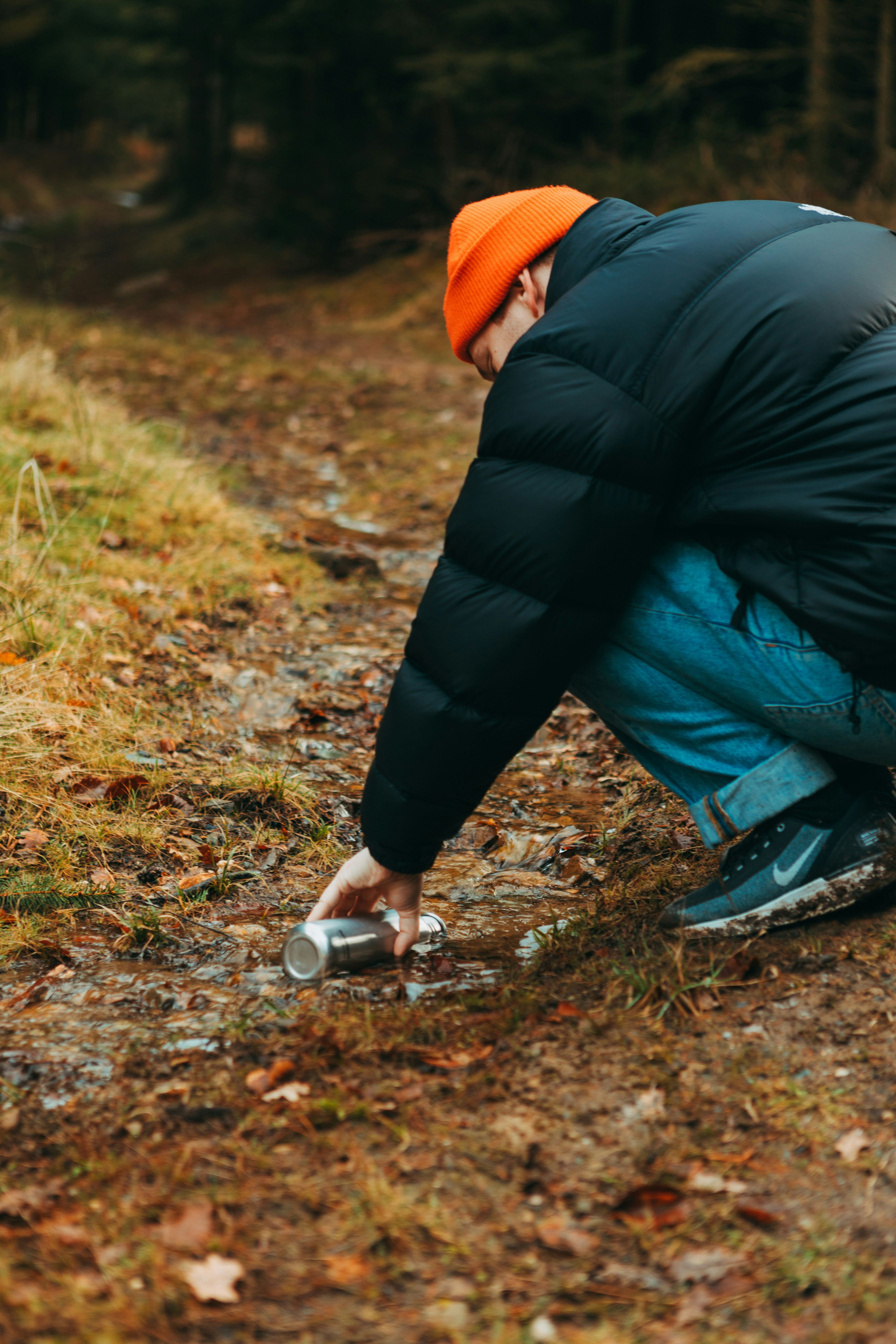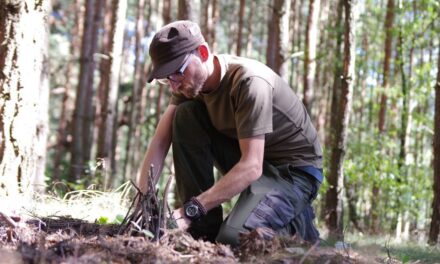In the unpredictable theater of life, where natural disasters, accidents, and unforeseen emergencies can occur without warning, the knowledge of basic survival medicine becomes an indispensable asset. It’s a skill set that goes beyond the confines of traditional first aid, encompassing a broader spectrum of situations where professional medical help might not be immediately available. This comprehensive guide aims to equip you with essential survival medicine skills, ensuring you’re prepared to face a wide array of emergencies with confidence and competence.
Survival medicine is the art and science of caring for human life when resources are limited, and decisions carry weight far beyond the ordinary. Whether you find yourself in the wilderness, amidst a natural disaster, or in any situation where standard medical facilities are out of reach, the principles of survival medicine can mean the difference between life and death. This article delves into the critical aspects of survival medicine, covering everything from trauma management to disease prevention, tailored for individuals with no medical background.
The importance of these skills cannot be overstated. In the golden hour after an injury or the onset of a sudden illness, your actions can stabilize, improve, or worsen the situation before professional help arrives. As we explore the basic tenets of survival medicine, remember, the goal is not to replace professional medical advice or care but to bridge the gap when it is inaccessible.
Join us as we navigate through the essential knowledge and techniques of survival medicine. By the end of this guide, you’ll have a foundational understanding of how to assess, prioritize, and address medical needs in emergency situations, enhancing your preparedness and resilience in the face of adversity.
Core Principles and Practices of Survival Medicine
Assessment and Prioritization: The ABCDEs
In survival medicine, the initial assessment of a patient follows the ABCDE principle — Airway, Breathing, Circulation, Disability, and Exposure. This systematic approach ensures life-threatening conditions are identified and addressed first. Understanding how to clear an airway, recognize signs of impaired breathing, stop severe bleeding, assess neurological function, and manage exposure to harsh elements can save lives in critical moments.
Wound Care and Management
Effective wound care is paramount in preventing infection and promoting healing. This section covers the basics of cleaning and dressing wounds, recognizing signs of infection, and when and how to suture. Special emphasis is placed on natural antiseptics and alternatives when traditional medical supplies are scarce.
Fractures and Sprains: Immobilization Techniques
Knowing how to properly immobilize fractures and sprains can prevent further injury and reduce pain. We’ll explore methods for creating splints and slings from everyday materials, understanding the importance of stabilizing injuries to facilitate safe transport and recovery.
Recognizing and Treating Common Ailments
Survival situations can exacerbate common ailments like dehydration, heat stroke, hypothermia, and altitude sickness. Early recognition and appropriate treatment of these conditions are crucial. This includes practical hydration strategies, methods for warming or cooling the body, and acclimatization tips for high-altitude environments.
Natural Remedies and Alternative Medicine
In the absence of conventional medical resources, nature offers a plethora of remedies. From herbal treatments for inflammation and pain to natural antivirals and antibiotics, we’ll delve into the evidence-based use of natural remedies, emphasizing the importance of knowledge and caution when utilizing alternative medicines.
Expert Insights: Enhancing Survival Medicine Skills
Experts in survival medicine and wilderness first aid stress the importance of continuous learning and hands-on practice. Regular participation in certified first aid and wilderness medicine courses is recommended to keep your skills sharp and up-to-date. Additionally, they advise on assembling a comprehensive but portable medical kit, customized to your environment and the specific health needs of your group.
- Practical Training: Nothing replaces the value of practical, hands-on training. Scenario-based learning with professional guidance helps cement your knowledge and prepares you for real-world application.
- Resourcefulness: In emergency situations, being resourceful with what you have can make a significant difference. Improvisation skills are essential in survival medicine, where conventional medical supplies might not be available.
- Mental Preparedness: A calm and decisive mindset is arguably the most crucial aspect of effective survival medicine. Developing stress management techniques and mental resilience can improve your ability to provide care under pressure.
Survival medicine bridges the gap between first aid and professional medical care in extreme situations. It empowers individuals to make informed decisions and take actionable steps towards preserving life. The journey to proficiency in survival medicine is ongoing, requiring dedication, practice, and a proactive approach to learning and preparedness.
Summary and Lifesaving Takeaways: Embracing Basic Survival Medicine
Basic survival medicine is an indispensable component of preparedness, equipping individuals with the knowledge and skills to manage medical emergencies when conventional healthcare options are unavailable. This comprehensive exploration has highlighted key areas of survival medicine, from initial assessment protocols and wound care to managing common ailments and leveraging natural remedies. The core of survival medicine lies not only in specific techniques and knowledge but also in the mindset of resourcefulness, adaptability, and calmness under pressure.
Crucial Takeaways for Prepared Individuals:
- Master the ABCDEs: Prioritize life-threatening conditions first, using the ABCDE approach to assess and address emergencies.
- Equip Yourself with Knowledge and Supplies: Build a versatile medical kit and complement it with the know-how to use each item effectively.
- Practice Wound Care and Hygiene: Prevent infection and promote healing with proper wound management, emphasizing cleanliness and protection.
- Learn to Recognize and Treat Environmental Ailments: Be prepared to address dehydration, heatstroke, hypothermia, and altitude sickness with practical, immediate actions.
- Value Continuous Education: Engage in regular training and update your skills through certified courses in first aid and wilderness medicine.
Survival medicine empowers you to be a lifeline in critical situations, transforming potential tragedies into stories of resilience and survival. The journey to proficiency is ongoing, blending continuous education with hands-on practice. By embracing the principles of basic survival medicine, you ready yourself and those around you to face emergencies with confidence, competence, and care.
Let this guide serve as a starting point in your survival medicine education. Remember, the most potent tool at your disposal is knowledge, followed closely by the will to use it. Prepare, practice, and persevere, and you’ll find that you can overcome even the most daunting of medical emergencies.








